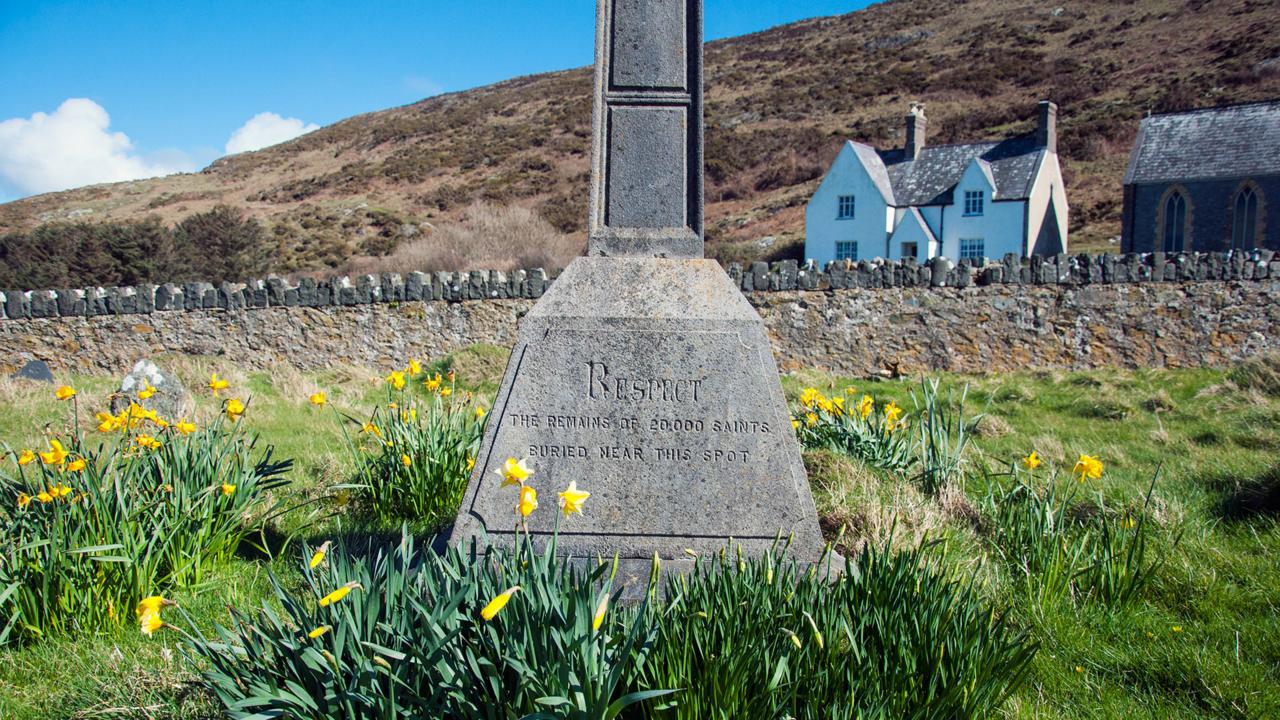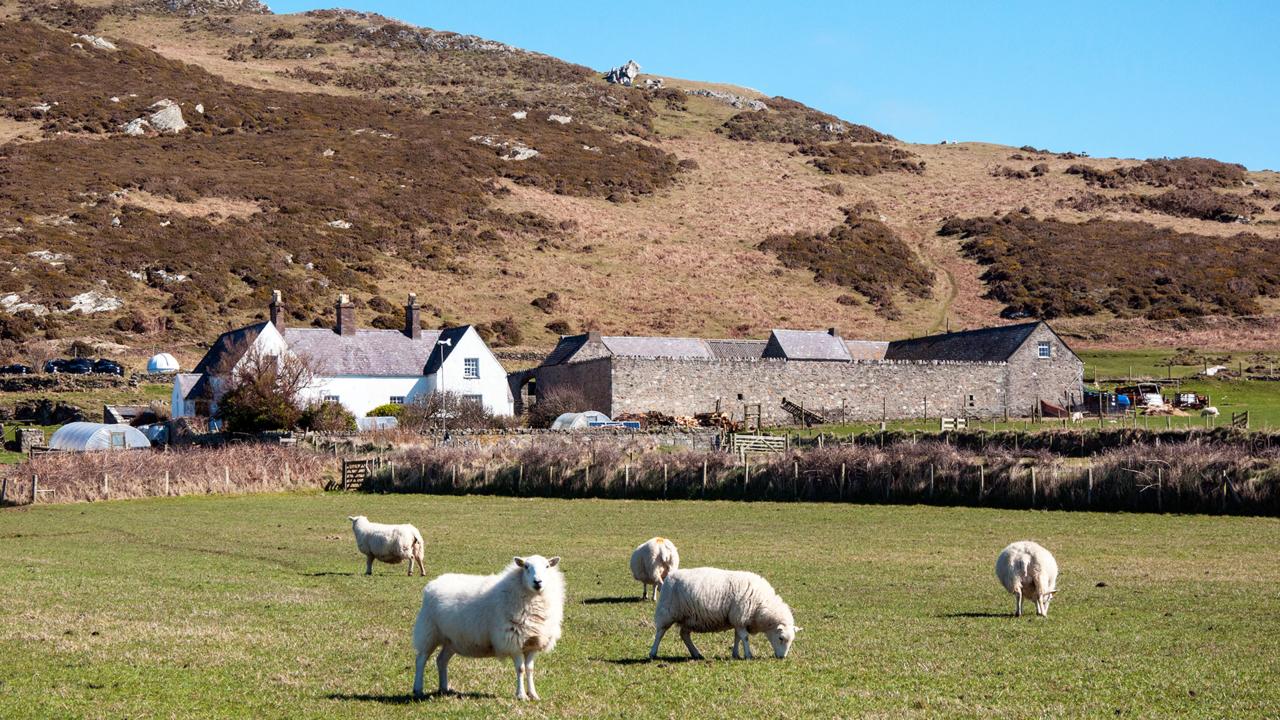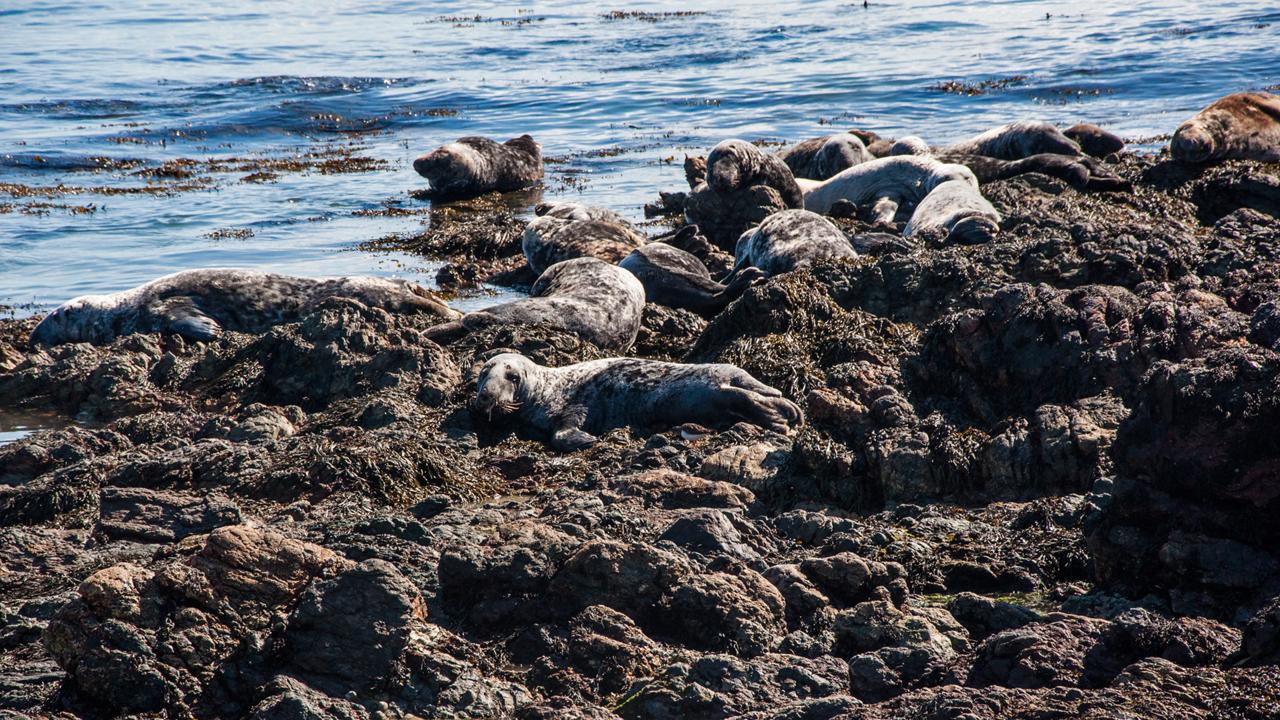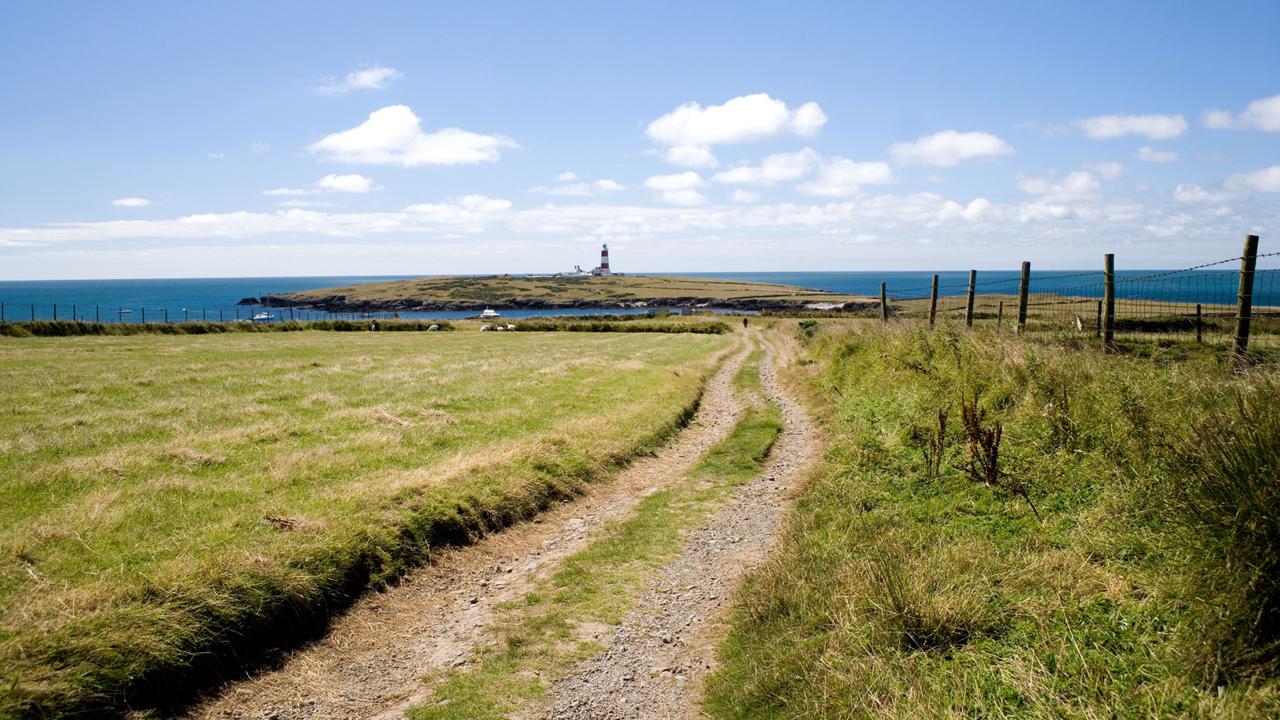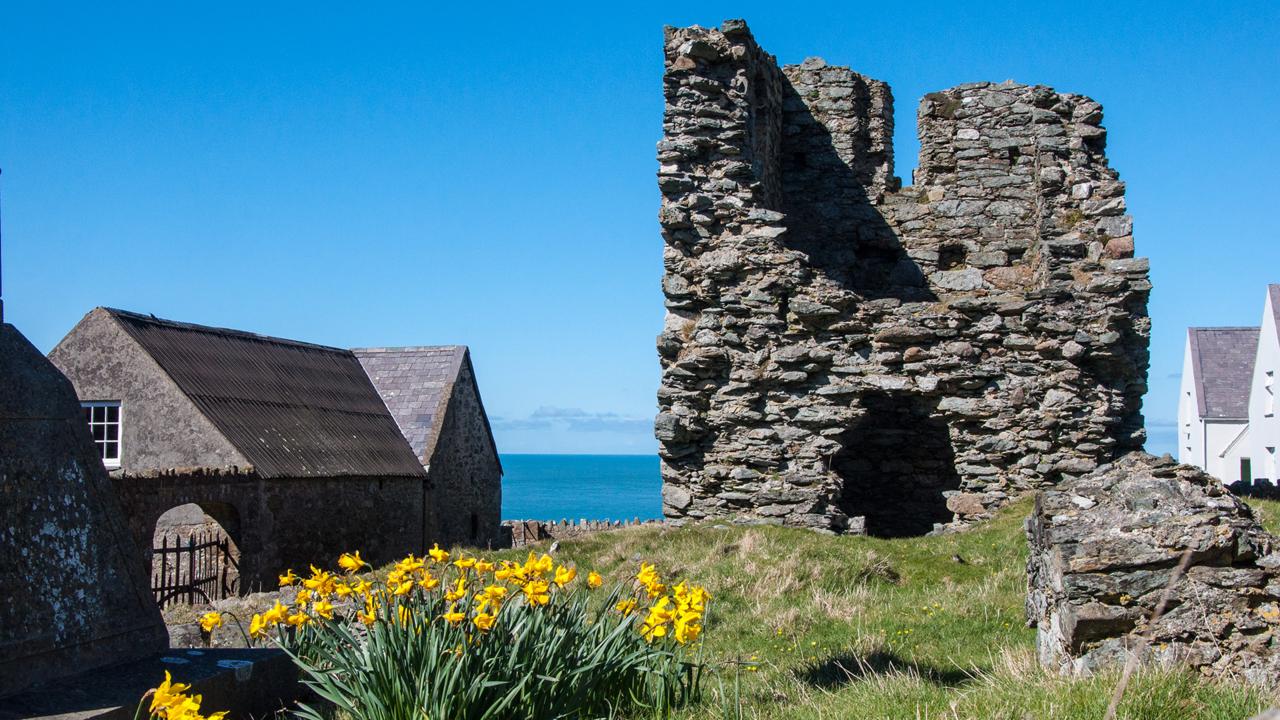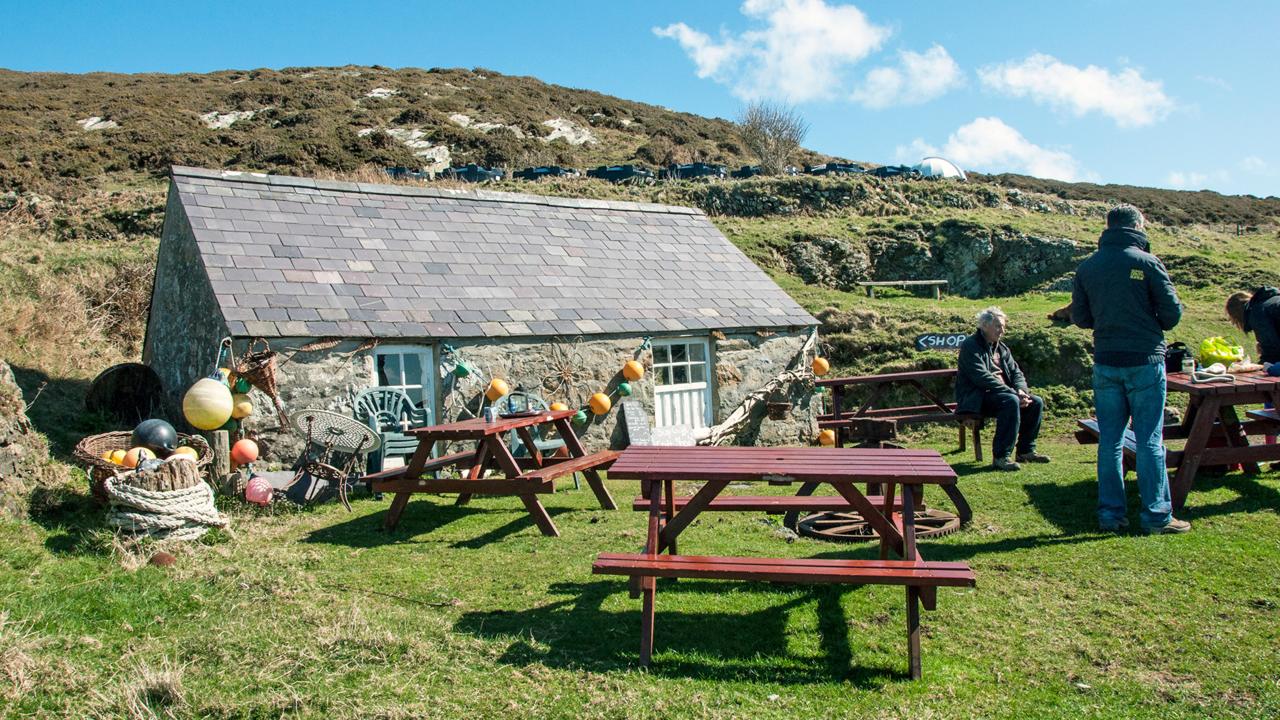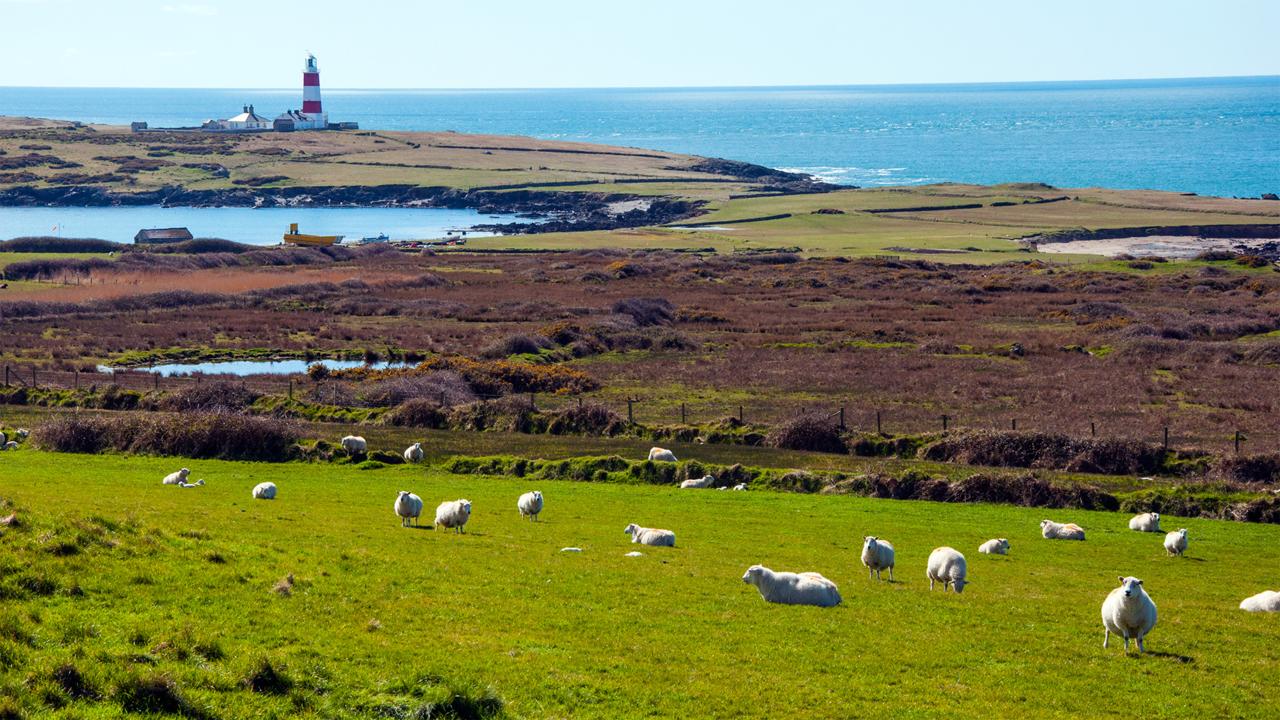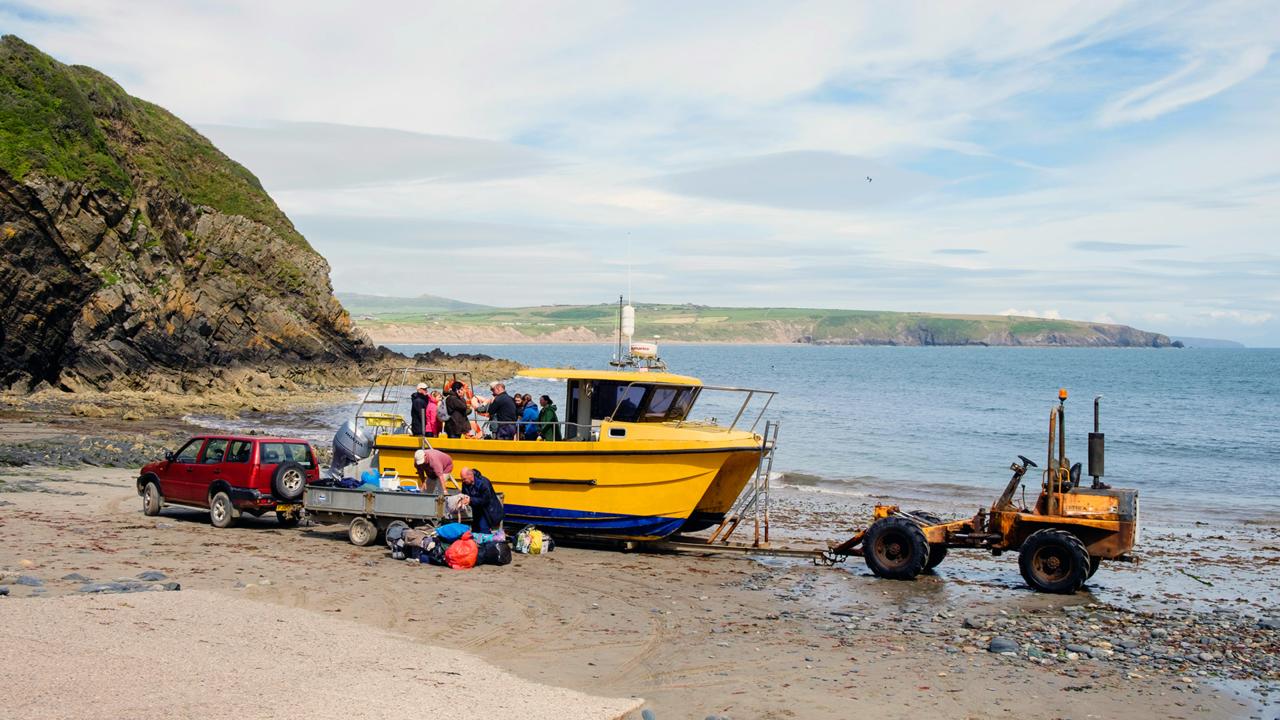The tiny island of 20,000 graves
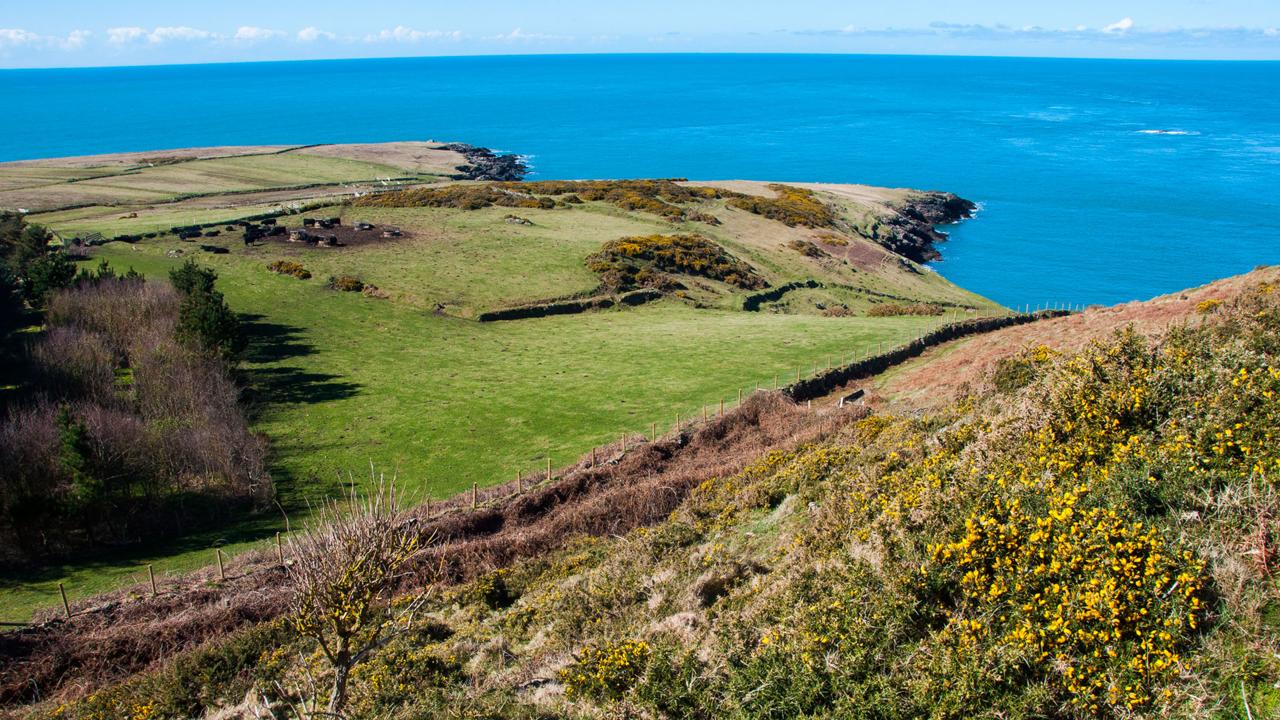
Once a centre of power and one of the holiest places in Britain, today Bardsey Island has only four year-round residents – and no electric grid, cars or indoor toilets.
Bardsey Island doesn’t have cars, paved roads, an electric grid or indoor toilets. The population includes 200 grey seals, 300 sheep and just four year-round humans – making the island’s sheep-to-person ratio larger than even that of New Zealand.
Mobile reception, if you can get it, comes from Ireland, which lies 55 miles west across the Irish Sea.
But for centuries, this small Welsh isle was anything but a backwater.
“For much of its history, the island has been superior to the mainland,” said Colin Evans, who runs regular (weather permitting) boat trips to Bardsey. “The centre of power has changed.”
Located two miles off the coast of northern Wales’ Llŷn Peninsula, Bardsey today is known as the “island of 20,000 saints”; the island’s largest population resides underground. And while 20,000 graves may seem like a stretch for landmass that measures just 1.5 miles by half a mile, its centuries of importance means the real number might well be close.
Romantic legends hold that Bardsey was sacred to Celtic druids, and that it was the real Avalon where King Arthur was buried. In the 6th Century, it’s said the Welsh kings of Llŷn and St Cadfan together founded a monastery here. Then came an especially resonant idea, which stemmed from a story about Cadfan’s successor St Leuddad: that anyone who died on the island would not go to hell.
By the early Middle Ages, these traditions helped make Bardsey one of the holiest places in Britain.
With religious importance came political. From the island, the Bardsey abbot administered a section of mainland that ran some seven miles up the coast. As late as the 19th Century, long after the monastery had gone, Bardsey bustled with 140 residents.
You wouldn’t know any of that if you headed there now.
On a recent spring day, I boarded Evans’ boat on the small, rocky beach of Porth Meudwy at the tip of the Llŷn Peninsula. Twenty minutes of salt spray and sunshine later, we were pulling up to an island shaped like a humpback whale.
Islanders referred to that hump as “the mountain”. At 165m, it was more of a hill.
Even so, its east side was steep enough to make a cosy cliff habitat for colonies of peregrines, razorbills, Manx shearwaters and puffins. As we idled, 50 penguin-like guillemots watched us from their rocky perch. In all, 310 bird species have been recorded on the island. When we landed, their birdsong competed with the groans of grey seals, some two dozen of whom had taken up residence on the rocks.
Like many of Britain’s islands, Bardsey is a national nature reserve and a site of special scientific interest. Unlike its neighbours, however, Bardsey is also the last working island in Wales.
Once there were nine farms in operation here. Now there is just one, which manages 300 sheep and 26 cattle. Jo and Steve Porter have run it for the past nine years; they also produce honey, grow vegetables and run a small craft shop and cafe.
I made my way to the shop first. The one-room store works on trust, with a lockbox for depositing your cash in exchange for handmade willow baskets and wool rugs. I took a seat at one of the handful of picnic tables outside – the cafe – as Jo brought coffee from the kitchen.
Of course, there is fishing here, too. Evans’ father, the last person to attend Bardsey Island’s schoolhouse before it closed down in the 1950s, was just pulling in on his lobster boat when we landed.
The industries may not be much, but they are enough to set the island apart. “What Bardsey has that other [Welsh] islands don’t have is they are wildlife islands, conservation islands,” said Richard Farmer, chairman of the Bardsey Island Trust, which bought the island in 1979. “The Trust maintains Bardsey as a living community.”
Balancing the island’s needs as a nature reserve and liveable community are challenging, however. Take the island’s houses, nine of which are rented to visitors on a weeklong basis. Given Bardsey’s often-forbidding climate – the winds tend to hit 30mph for at least a week per month during winter, while January sees more than 130mm of rain – repairs are often needed. But because the houses are historically protected, when the windows are replaced they must be handmade to the pattern cut by carpenters 150 years ago. And because rare lichens grow on the roofs, roof repairs require approval, too.
The resulting expenses can be out of reach of the Trust, which has just 300 members.
Between that and the difficulty of life on an island with no running water, where the weather can keep you from getting to a doctor or grocery store for weeks, it may be unsurprising that there are just four residents who live here year-round and only nine residents for most of the year. (The number can go up to 80 in summer.)
But by forging a life here, these residents are engaging in a millennia-old tradition.
Busy sea routes once would have connected the island with Britain and Ireland.
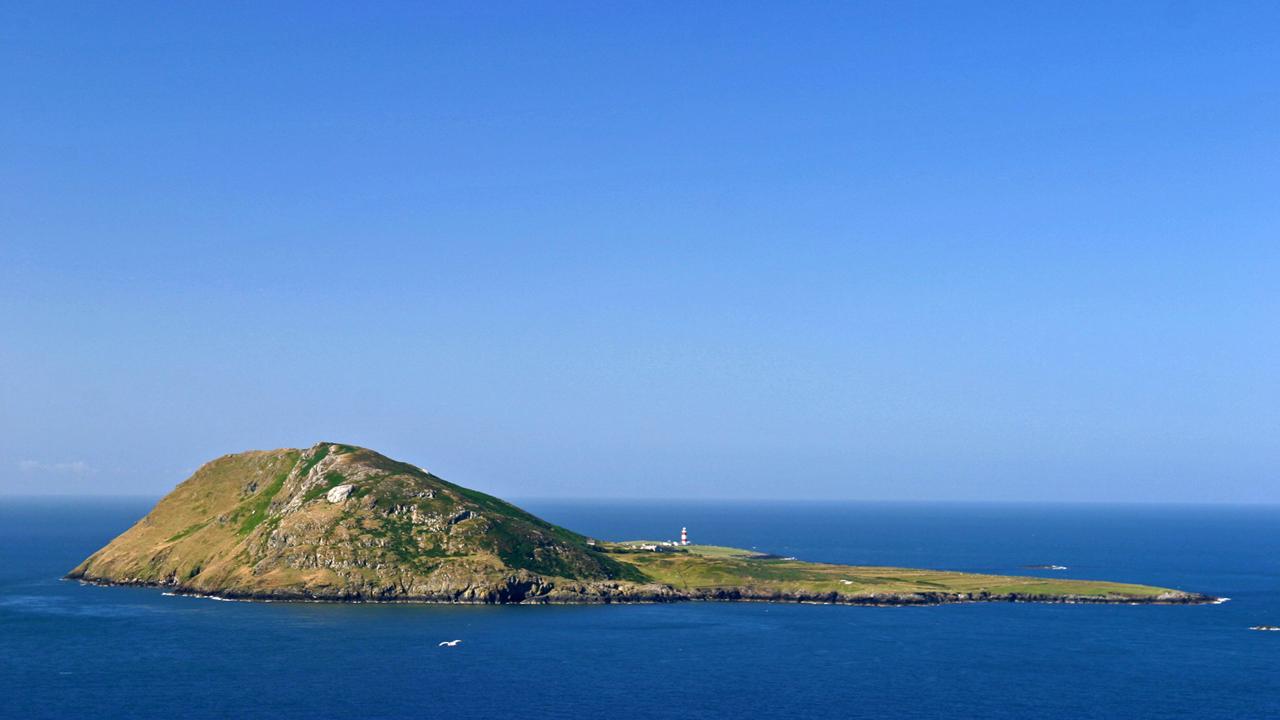
Evans believes that his family, who trace their roots on Bardsey back to at least 1770, likely has Irish descent. And perhaps also Viking: the island’s name probably came from the seafaring Norse.
“People think that islands are remote, but they’re not,” Evans said. “They may be comparatively remote today, but years ago they were in the world’s traffic.”
In fact, people have occupied Bardsey since as early as 7500BC. Archaeologists have recorded no fewer than 45 likely prehistoric sites on the island, including cremation burials, flint blades and earthworks that may have been round houses.
Then came the monks. The island became a place of pilgrimage: three visits to Bardsey counted the same as one to Rome. (Pilgrims still come here today). By the mid-12th Century, the still-surviving Book of Llandaff – a compilation of texts covering some 500 years of history of the Welsh diocese of Llandaff – recounted that Bardsey “was called the Rome of Britain”, not least of all “for its sanctity and dignity, because there were buried therein the bodies of 20,000 holy confessors and martyrs”.
Locals say that if you dig anywhere on the island, you’ll hit a body. In the only comprehensive excavation, done in the 1990s at the ramshackle stone house of Tŷ Newydd just south of the modern-day chapel, archaeologists turned up 25 medieval graves. One body had a 10th-century silver coin in its mouth.
But there is no trace of the 6th-century monastery. Even the later abbey, built in the 13th Century, is all but gone. Walking up the dirt road from the cafe past meadows filled with bleating lambs, I almost missed it completely: all that is left is a ruined 8m-tall stone tower, standing in the chapel’s graveyard.
After the monks left with the 1536 Dissolution of the Monasteries, Bardsey became a haven for pirates. By the time order was re-established, it was in reverse: now the mainland ruled Bardsey.
Still, the community thrived in the 19th Century, selling lobsters, oysters and crabs. But by 1931, the population had fallen to 54. In one 1925 newspaper story headlined “Life Too Dull: Why Bardsey is being deserted”, the reporter explained that young people wanted access to the “kinema”.
There is still no cinema on Bardsey. But changes are slowly coming. Solar panels – not gas bottles – now power the refrigerators, although residents still have no central heating. And thanks to a new satellite broadband link, residents can communicate with those on the mainland.
Farmer and Evans hope that these small changes might entice more people to live here.
But, Farmer added, Bardsey will never be fully modernised. And those who love it wouldn’t want it to be.
“It’s a place of simplicity that’s away from the 21st Century,” he said.
That might mean challenges for those living here. But it also makes it an extraordinary place to visit – one of such peace, silence and natural beauty that, even for those who aren’t believers, coming here feels like a pilgrimage.
Политика конфиденциальности | Правила пользования сайтом
